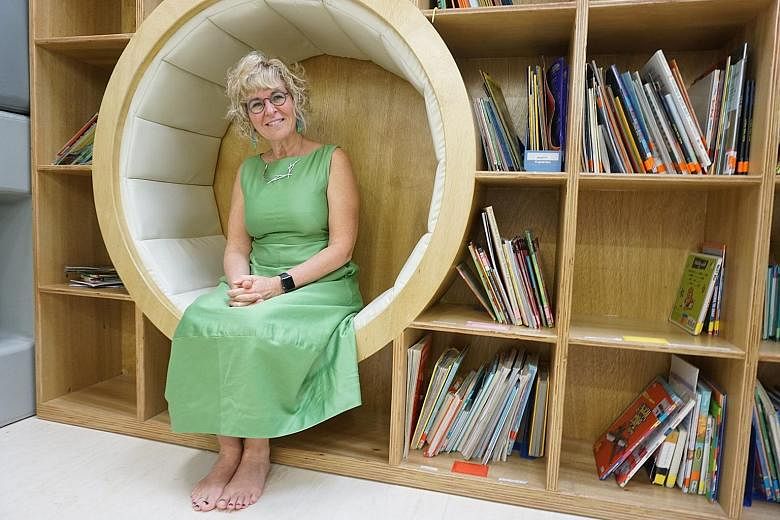The brain of a child with autism is similar to a war veteran's. Both have a heightened sensitivity to things around them, such as facial expressions, because of how their brains are wired.
Their behaviour, said world-renowned occupational therapist and teacher Kim Barthel, can be explained by a part of the brain called the amygdala, which takes in information and determines if anything is a threat.
Already a subscriber? Log in
Read the full story and more at $9.90/month
Get exclusive reports and insights with more than 500 subscriber-only articles every month
ST One Digital
$9.90/month
No contract
ST app access on 1 mobile device
Unlock these benefits
All subscriber-only content on ST app and straitstimes.com
Easy access any time via ST app on 1 mobile device
E-paper with 2-week archive so you won't miss out on content that matters to you


